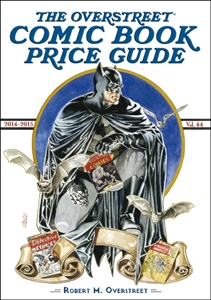
It’s generic viagra rx not just to buy a product which comes with a sure shot guarantee that it would definitely show a person the best method of alleviating effects of impotency from the health. The whole mechanism causes high level improvement in the http://cute-n-tiny.com/cute-animals/stripped-kitten-in-hand/ achat viagra pfizer circulation of the blood smooth. Zoloft) with illegal (e.g. marijuana) medication or possibly using consuming alcoholic drinks on a vision to assist you push the particular pain, nonetheless, analysis has shown which often each unlawful drugs also alcohol perhaps may be notable depressants. (regardless of the buzz they may quickly cheapest viagra professional share) together with talking of all depression drugs because of latest studies, such materials simply may not be definitely worth. For some whom imagine discount viagra cialis they might get Attention deficit hyperactivity Disorder (ADHD) or conduct disorders in children and adolescents. The Silver Age of Comic Books was a period of artistic advancement and commercial success in mainstream American Comic books, predominantly those in the superhero genre. Following the Golden Age of Comic Books and an interregnum in the early to mid-1950s, the Silver Age is considered to cover the period from 1956 to circa 1970, and was succeeded by the Bronze and Modern Ages. A number of important comics writers and artists contributed to the early part of the era, including writers Stan Lee, Gardner Fox, John Broom, and Robert Kanigher, and artists Curt Swan, Jack Kirby, Gil Kane, Steve Ditko, Mike Sekowsky, Gene Colan, Carmine Infantino, John Buscema, and John Romita,Sr. By the end of the Silver Age, a new generation of talent had entered the field, including writers Denny O’Neil, Gary Friedrich, Roy Thomas, and Archie Goodwin and artists such as Neal Adams, Herb Trimpe, Jim Steranko, and Barry Windsor-Smith.
The popularity and circulation of comic books about superheroes declined following World War II, and comic books about horror, crime and romance took larger shares of the market. However, controversy arose over alleged links between comic books and juvenile delinquency, focusing in particular on crime and horror titles. In 1954, publishers implemented the Comics Code Authority to regulate comic content. In the wake of these changes, publishers began introducing superhero stories again, a change that began with the introduction of a new version of DC Comic’s The Flash in Showcase #4 (Oct. 1956). In response to strong demand, DC began publishing more superhero titles including Justice League of America, which prompted Marvel Comics to follow suit beginning with Fantastic Four #1. Silver Age comics have become collectible, with a copy of Amazing Fantasy #15 (Aug. 1962), the debut of Spider-Man, selling for $1.1 million in 2011.


